Autoimmune Estrogen Progesterone Anaphylaxis Disease
Autoimmune estrogen progesterone anaphylaxis disease. One of these possibilities may be that estrogen progesterone and their metabolites may act as antigens after binding to different proteins promoting Th2 cell development and thereby regulating the synthesis of IgE or other antibodies. The increased incidence of autoimmune disease in premenopausal women suggests the involvement of sex steroids in the pathogenesis of these disease processes. Skin eruption develops cyclically during the luteal phase of the menstrual cycle when progesterone levels are elevated.
Hypersensitivity to progestogen previously known as autoimmune progesterone dermatitis is an increasingly recognized clinical entity that presents specific diagnostic and treatment challenges. Skin symptoms may include rash swelling itching hives and red flaky patches. 97-99 Iranian Journal of Allergy Asthma and Immunology.
Autoimmune progesterone dermatitis APD is an immune reaction to endogenous progesterone that can follow exposure to exogenous progesterone. When progesterone levels are high the immune system is less likely to flare. Once your body acclimates to the progesterone that will go away.
Lung GI the reaction should be called as autoimmune progesterone anaphylaxis. It is possible that several immune reactions are at work in the process of hormone allergy. An unbalanced gut will cause a ton of troubleleaky gut will cause auto-immune diseases.
Women with the disorder commonly present with dermatologic lesions in the luteal phase of the menstrual cycle if there are any other organ involvement in addition to skin eg. Estrogen and systemic lupus erythematosus. Autoimmune progesterone dermatitis manifests via the occurrence of cyclic skin eruptions.
Clinical presentations are heterogeneous but can consist of hypersensitivity symptoms associated with the progesterone surge during the luteal phase of the menstrual cycle or after exposure to exogenous. Identifying the stimulating and suppressive properties of estrogen affords the opportunity to design effective and relatively nontoxic treatments for these incurable diseases. Progestogen hypersensitivity PH is a rare disorder which usually occurs in women of childbearing age with symptoms ranging from urticaria with or without angioedema multiple organ involvement consistent with allergic anaphylaxis to a spectrum of other non-evanescent skin eruptions.
More severe symptoms can include open sores wheezing and an. The effects of estrogen on autoimmunity and inflammation may involve changes in the secretion of inflammatory mediators by mononuclear phagocytes.
I have an autoimmune disorder that began at the age of 10 onset of puberty started seeing specialists that could not diagnose me.
It is possible that several immune reactions are at work in the process of hormone allergy. I have an autoimmune disorder that began at the age of 10 onset of puberty started seeing specialists that could not diagnose me. The effects of estrogen on autoimmunity and inflammation may involve changes in the secretion of inflammatory mediators by mononuclear phagocytes. Autoimmune progesterone dermatitis manifests via the occurrence of cyclic skin eruptions. 97-99 Iranian Journal of Allergy Asthma and Immunology. Patients present with a variety of skin eruptions including erythema multiforme. Clinical presentations are heterogeneous but can consist of hypersensitivity symptoms associated with the progesterone surge during the luteal phase of the menstrual cycle or after exposure to exogenous. Autoimmune progesterone dermatitis manifests via the occurrence of cyclic skin eruptions. Progestogen hypersensitivity PH is a rare disorder which usually occurs in women of childbearing age with symptoms ranging from urticaria with or without angioedema multiple organ involvement consistent with allergic anaphylaxis to a spectrum of other non-evanescent skin eruptions.
Progesterone acts as a diuretic and can cause diarrhea. Autoimmune progesterone dermatitis manifests via the occurrence of cyclic skin eruptions. One of these possibilities may be that estrogen progesterone and their metabolites may act as antigens after binding to different proteins promoting Th2 cell development and thereby regulating the synthesis of IgE or other antibodies. Skin symptoms may include rash swelling itching hives and red flaky patches. Clinical presentations are heterogeneous but can consist of hypersensitivity symptoms associated with the progesterone surge during the luteal phase of the menstrual cycle or after exposure to exogenous. Women with the disorder commonly present with dermatologic lesions in the luteal phase of the menstrual cycle if there are any other organ involvement in addition to skin eg. Progesterone acts as a diuretic and can cause diarrhea.


/hormone-allergy-82663-ca91df10002742eeab0c0618d95fbaaf.jpg)
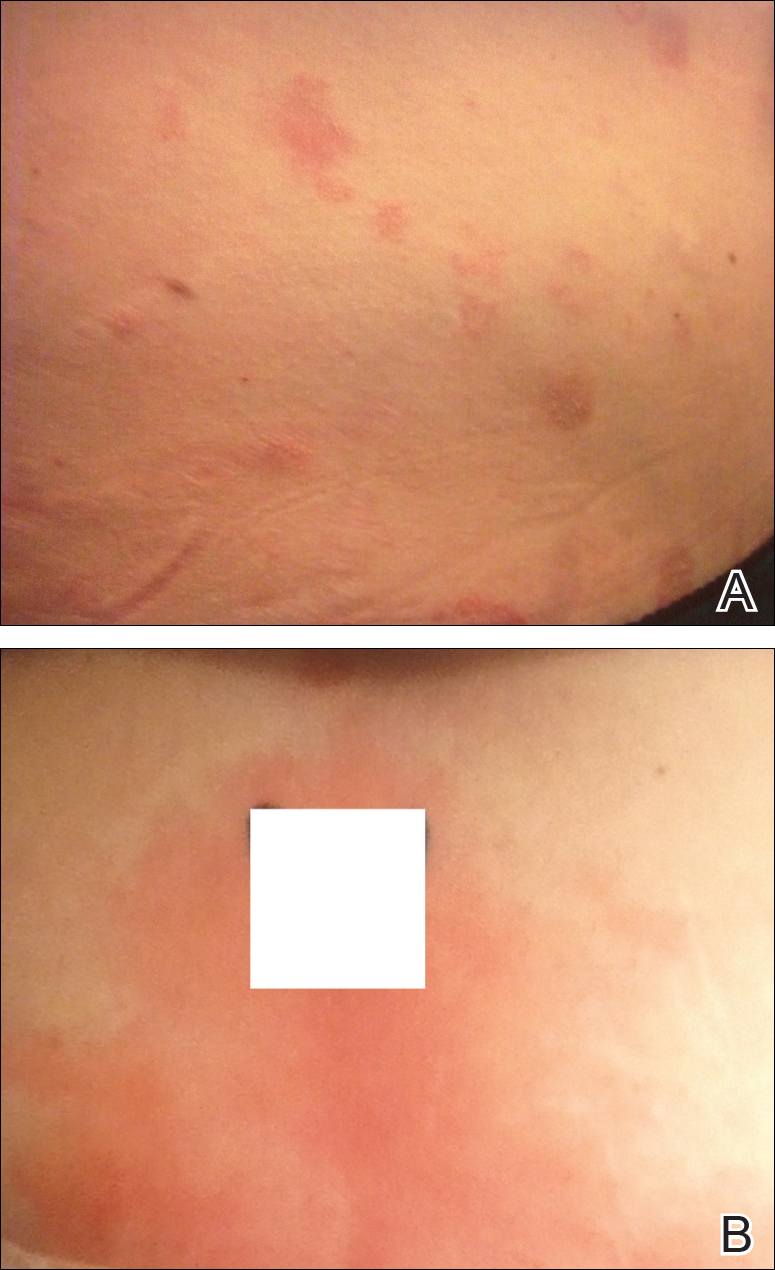



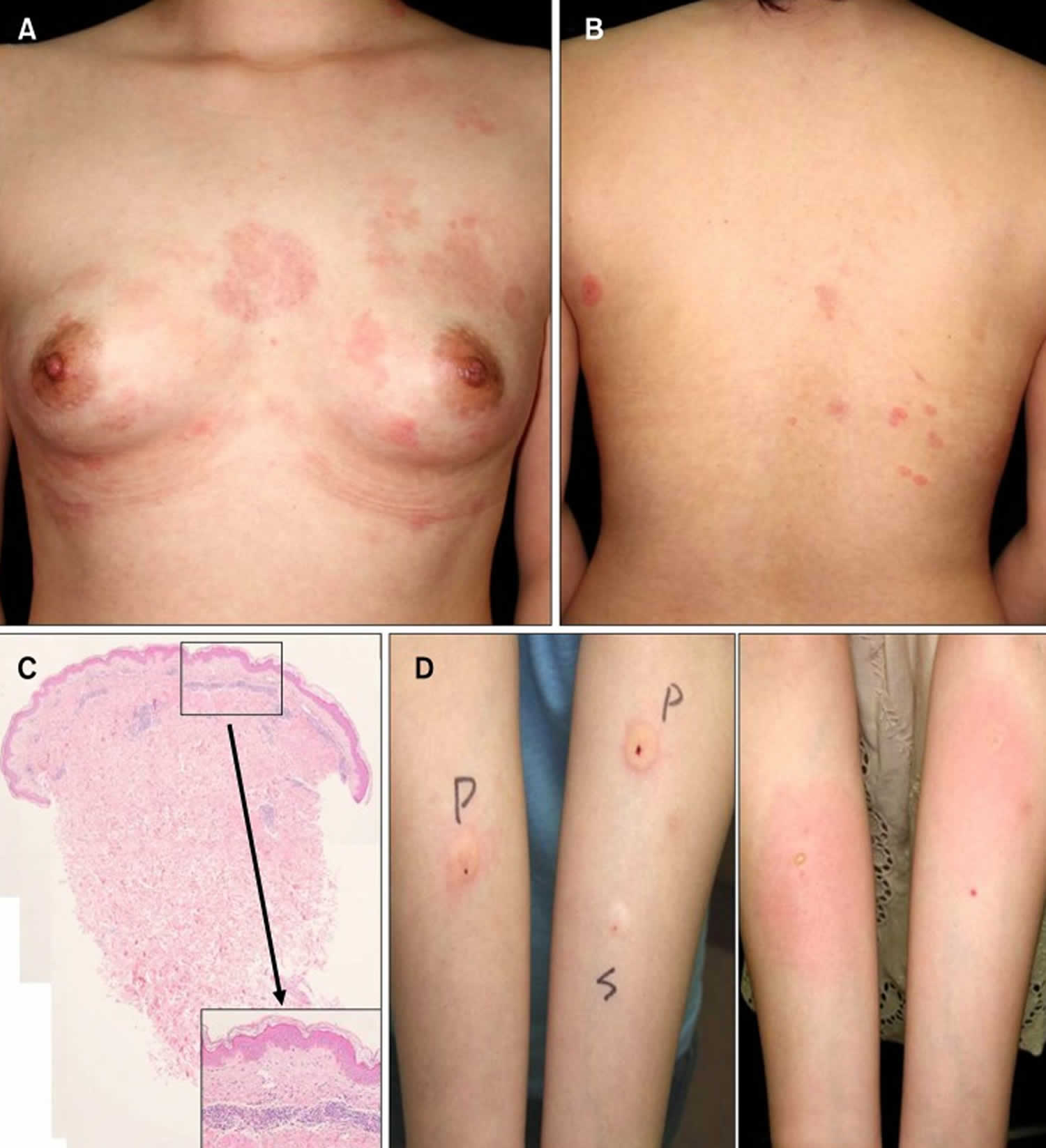

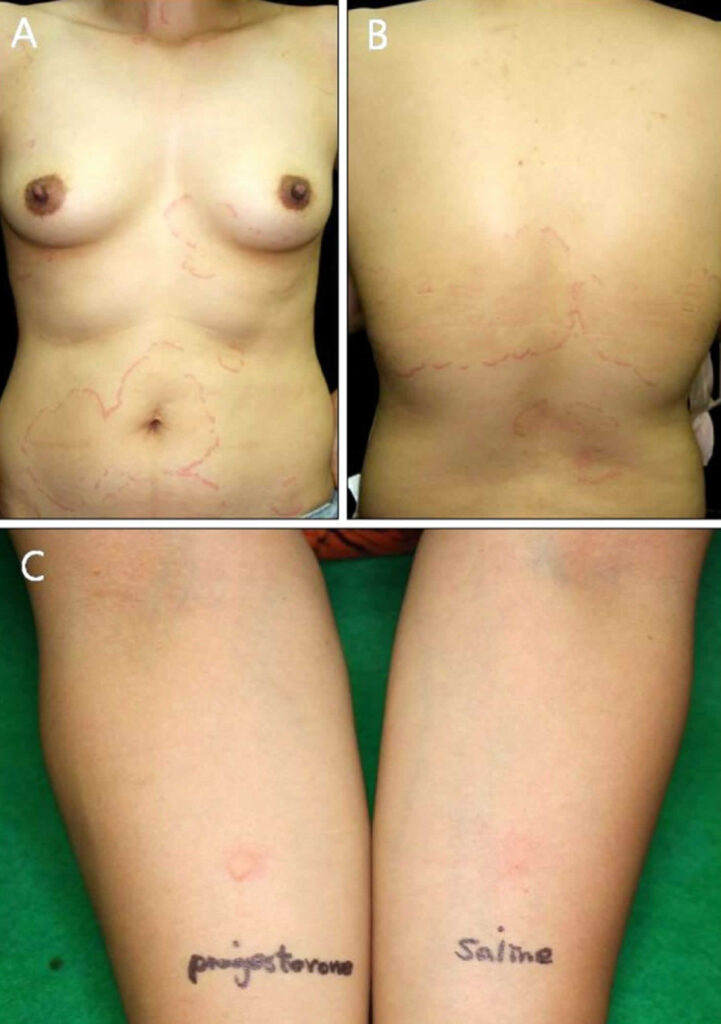












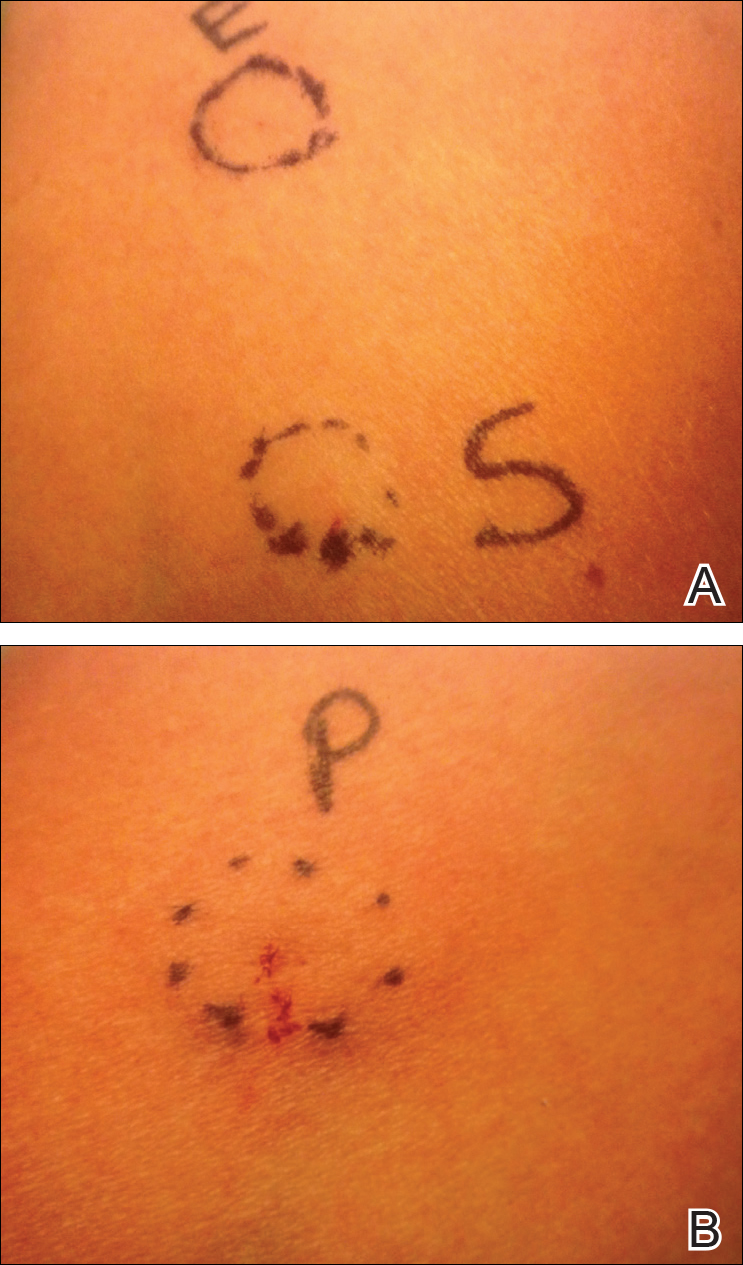






/GettyImages-626541291-570e7c4f3df78c7d9e52777d.jpg)
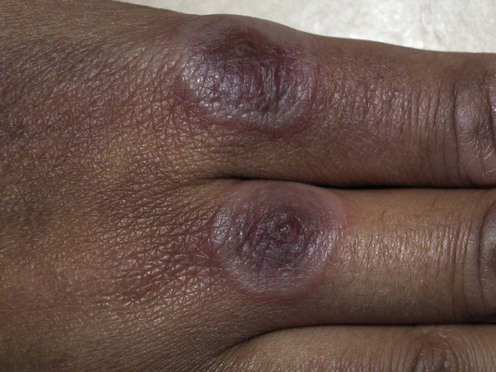










Post a Comment for "Autoimmune Estrogen Progesterone Anaphylaxis Disease"